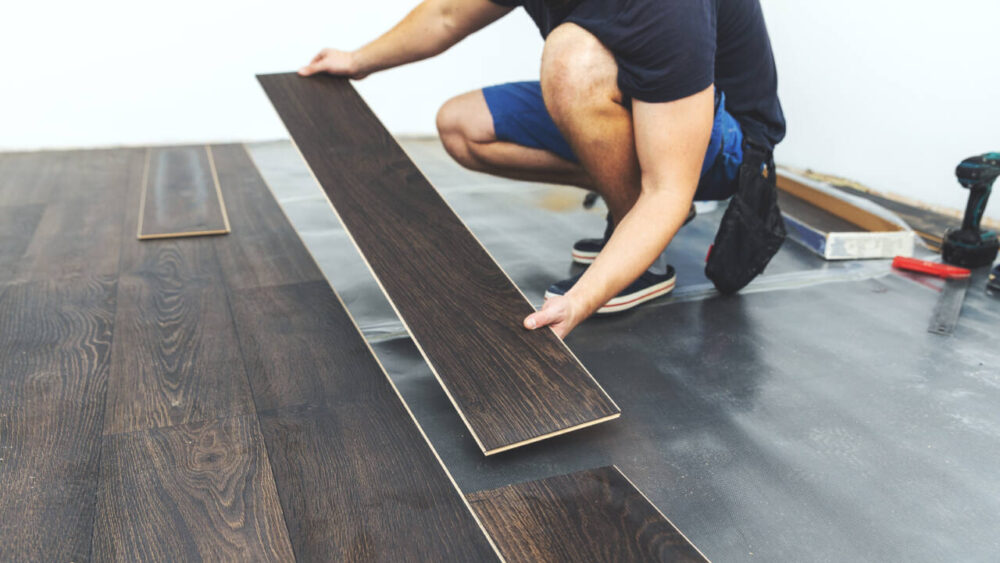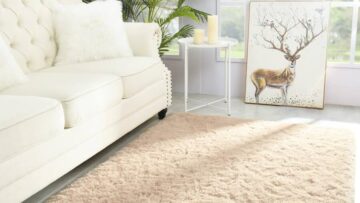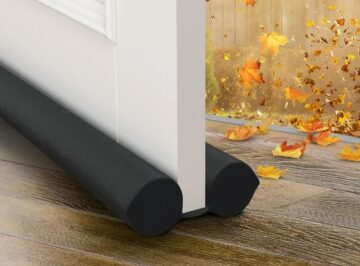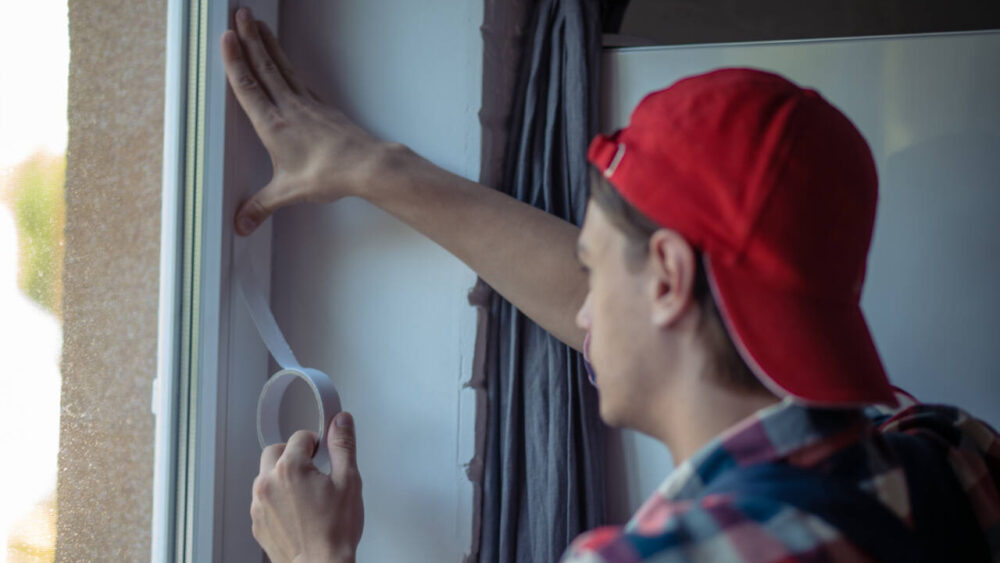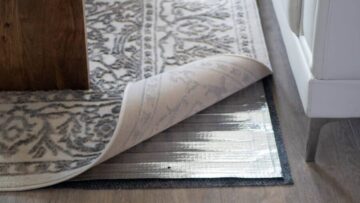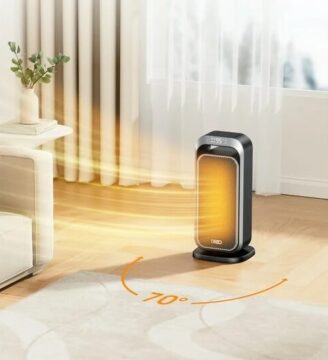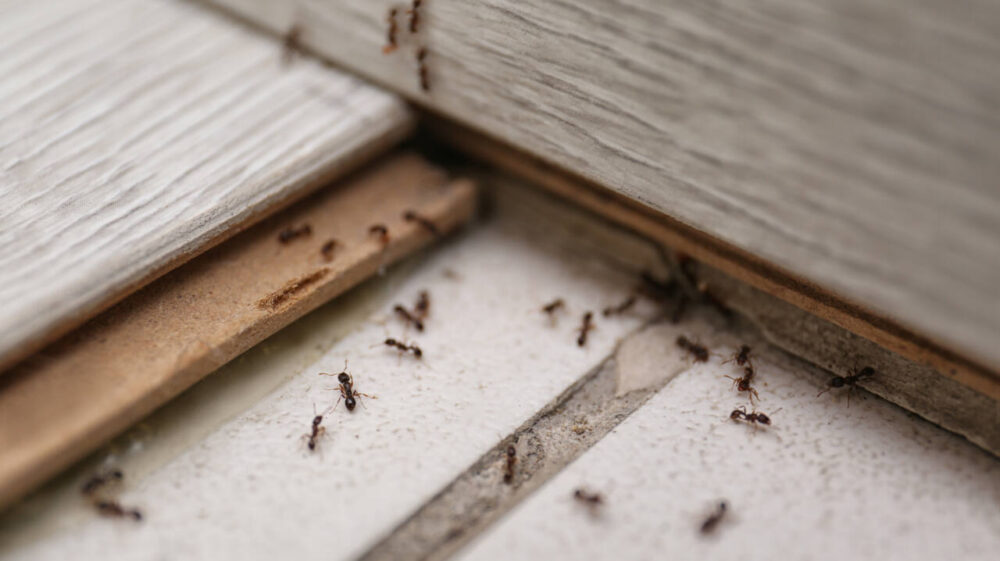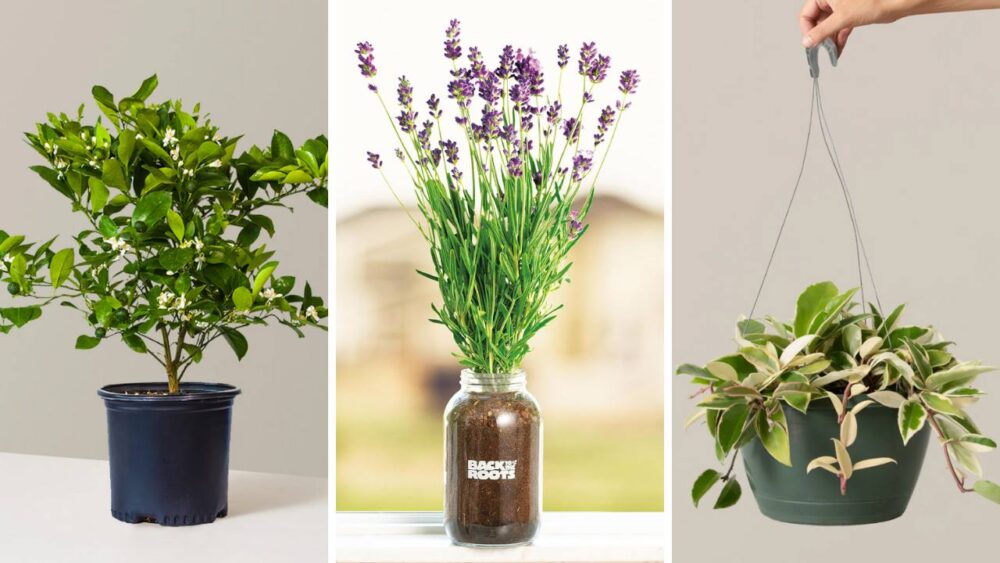How to warm up your cold floors without carpet

The products and services mentioned below were selected independent of sales and advertising. However, Simplemost may receive a small commission from the purchase of any products or services through an affiliate link to the retailer's website.
These days, most homeowners opt for hardwood floors (or wood-like options like laminate or vinyl). After all, carpets can be hard to keep clean. But while eschewing carpet can be a great choice for you, it doesn’t always take your cold feet into account!
What if you love your hardwood floors but would prefer them to be a little warmer? There are a number of things you can do to warm up cold floors, starting with under-floor heating. That might mean building electrical heating cables into the floor, or installing hydronic tubing that pumps heated water under the floor.
“[But those options] are definitely expensive to install and energy-intensive to run, so it’s best to make sure you have a clear need for this feature before investing in it,” says Rafi Friedman, President of Coastal Luxury Outdoors in Florida.
Luckily, there are other ways to warm up your floors, ones that won’t necessarily break the bank.
Add A Thermal Break
If your living room is situated above your freezing cold basement, you need to add something that will keep that air from migrating upwards. One way to warm up your floor is to install a thermal break below your living space. This is a material (like wood) that creates a small air gap and prevents the cold air below from infiltrating your living room.
You can put in your own thermal break subfloor membrane panels, which are made of wood with a waterproof membrane to prevent rotting from contact with the damp basement below.
Put In Large, High-Quality Area Rugs
Thick, plush area rugs made from high-pile wool or shag can go a long way toward warming up a room.
“This approach allows you to enjoy the beauty of these hard surfaces while still providing islands of warmth and softness where needed, such as in seating areas or beside the bed in bedrooms,” says Kristin Hintlian of Bonsai Builders, a general contractor in Massachusetts.
Keep in mind that darker colors tend to absorb and retain heat more efficiently.
Keep Doors Closed And Use Door Stoppers
It may sound obvious, but one reason your floor might be cold is that you’re allowing in the chilly air from outside — or from an unheated room nearby like a large pantry.
“Close doors to reduce drafts and contain heat in occupied rooms,” says Rassan Grant, a building materials executive and the director of Norstone USA in Florida.
Your doors might also need a draft stopper. These long, narrow tubes made of foam, plush or fabric are placed along the bottom of doors to stop cold air from entering.
“They are especially useful in older homes where there may be gaps and drafts around windows and doors,” says Pavel Khaykin, the founder and CEO of Pavel Buys Houses in Boston.
MORE: This is the best way to clean your hardwood floors
Use Caulk And Weatherstripping To Seal Up Baseboards
Your floors might be getting chilly from outside air leaks around the baseboards.
“Ensure that any drafts from gaps in the flooring or around the baseboards are sealed to prevent cold air from seeping in,” says Shlomo Cherniak of Cherniak Handyman Services in Baltimore.
You can easily use caulk to seal gaps or install weatherstripping on doors can affect the heat level of your floors.
Buy A Heated Floor Mat
Yes, there are heated floor mats that you can plug in and feel instant heat beneath your feet.
“Heated floor mats are a wonderful invention,” says Samantha Odo, a real estate sales representative at Precondo in Montreal. “They’re like little islands of warmth that you can strategically place around your home. They’re also energy efficient, so they won’t significantly increase your electricity bill.”
Strategically Place An Electric Space Heater
A portable space heater may not heat the entire floor, but if you place it near your desk in your home office, it will blow warm air across the floor. “Portable floor heaters are a cost-effective way to warm specific areas,” says Grant.
Choose Your Flooring Wisely
Hardwoods can get cold, but not all hardwood alternatives do.
“One strategy we’ve successfully employed is the use of luxury vinyl tile (LVT) flooring, which can mimic the look of wood or stone but with added warmth underfoot compared to traditional hard surfaces,” says Hintlian.
Another flooring that’s known for being warmer than traditional hardwoods is engineered hardwood. (While hardwood floors are made of solid wood, engineered hardwood is made of a high-quality plywood core with a thinner layer of solid wood on top.)
So if you haven’t installed your hardwoods yet, and your always-cold tootsies are a concern, consider LVT or engineered hardwood instead.


